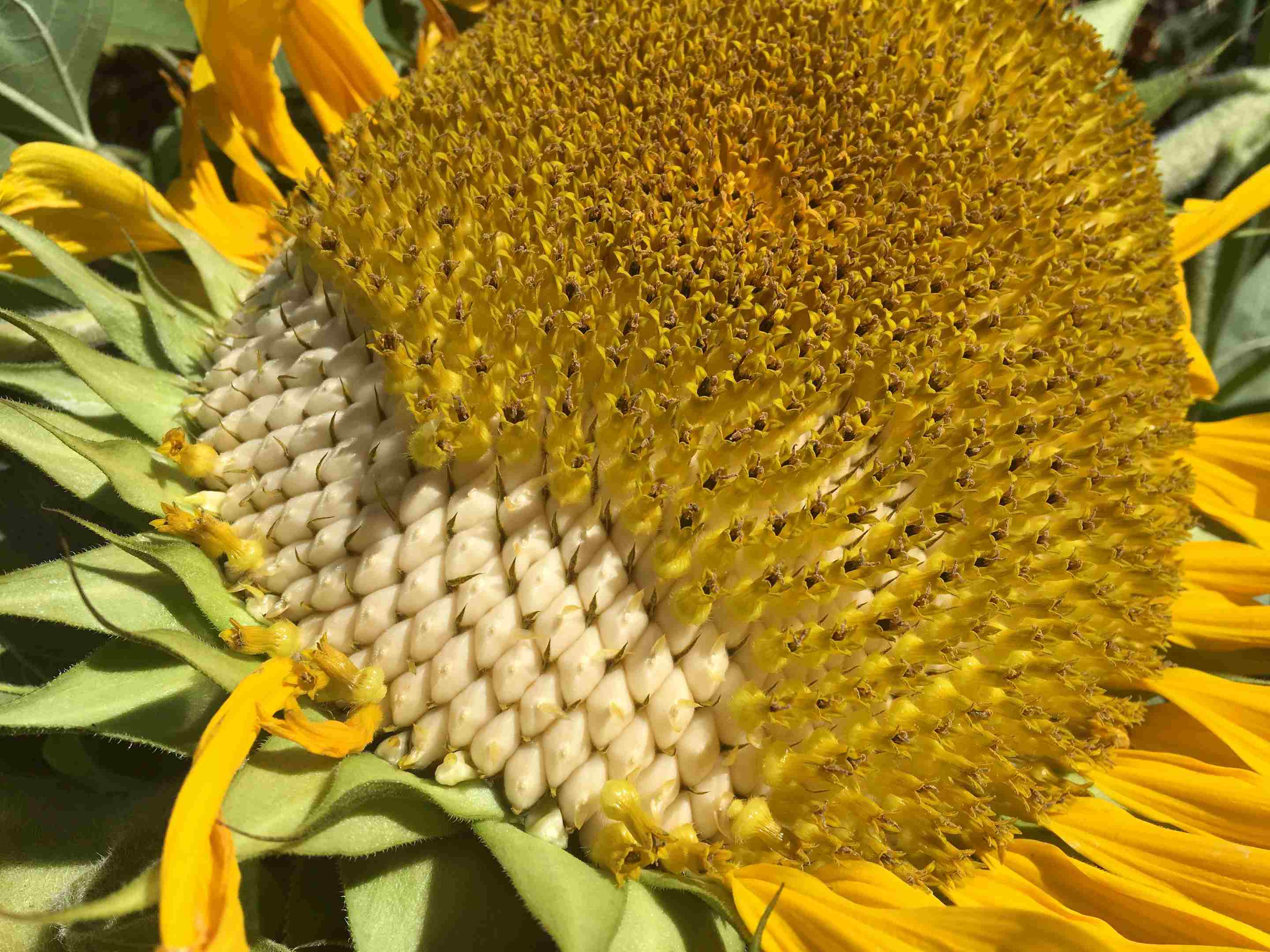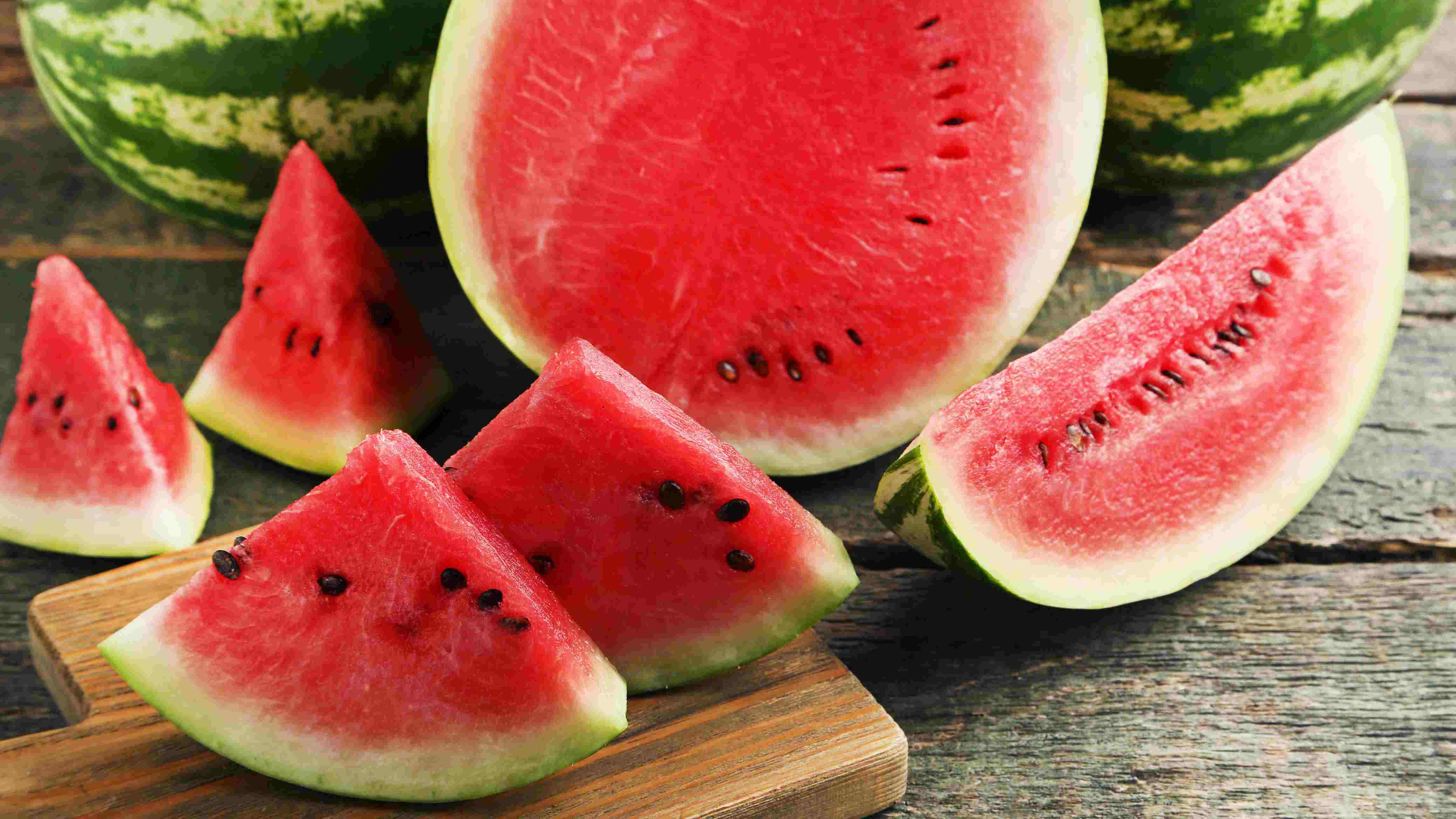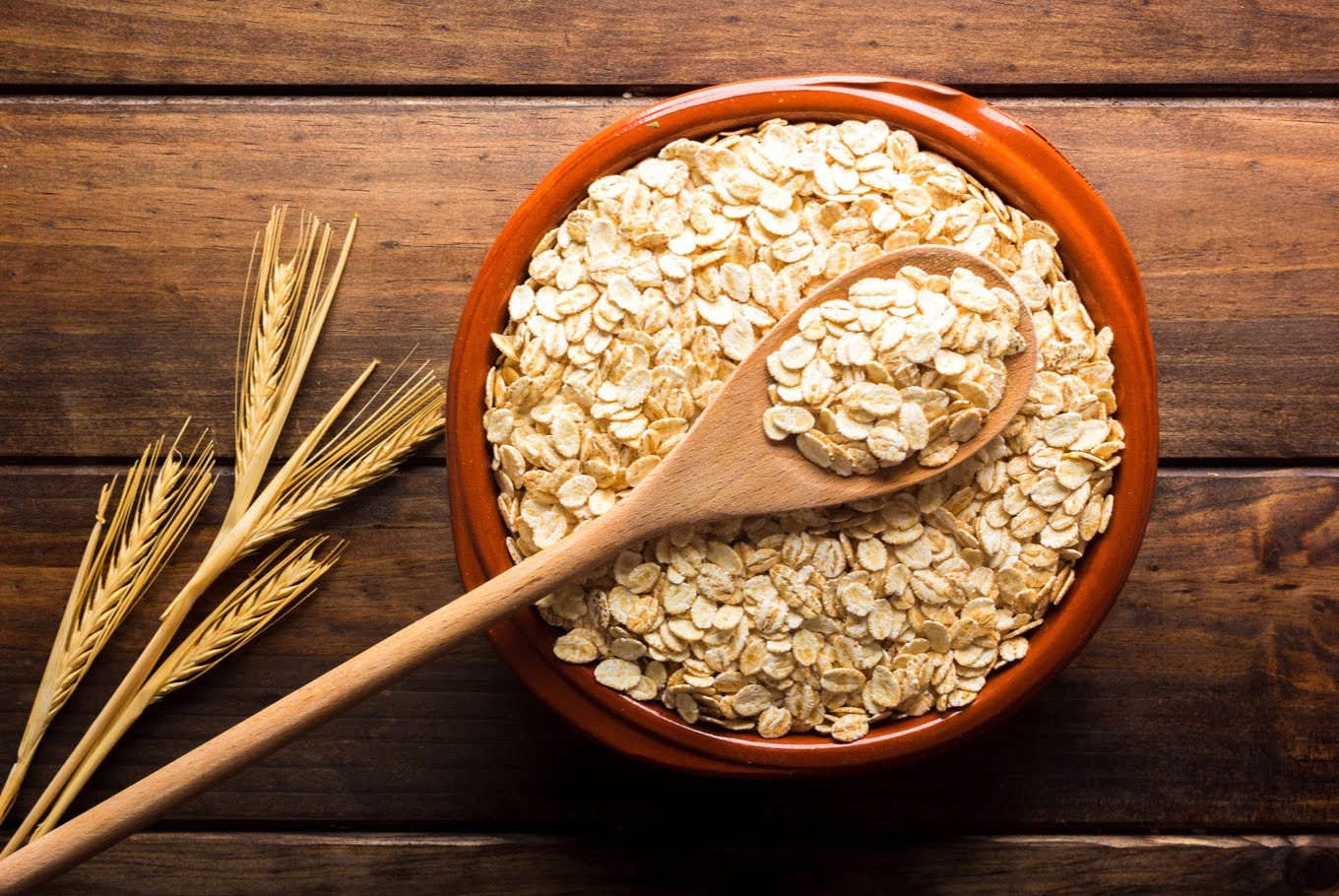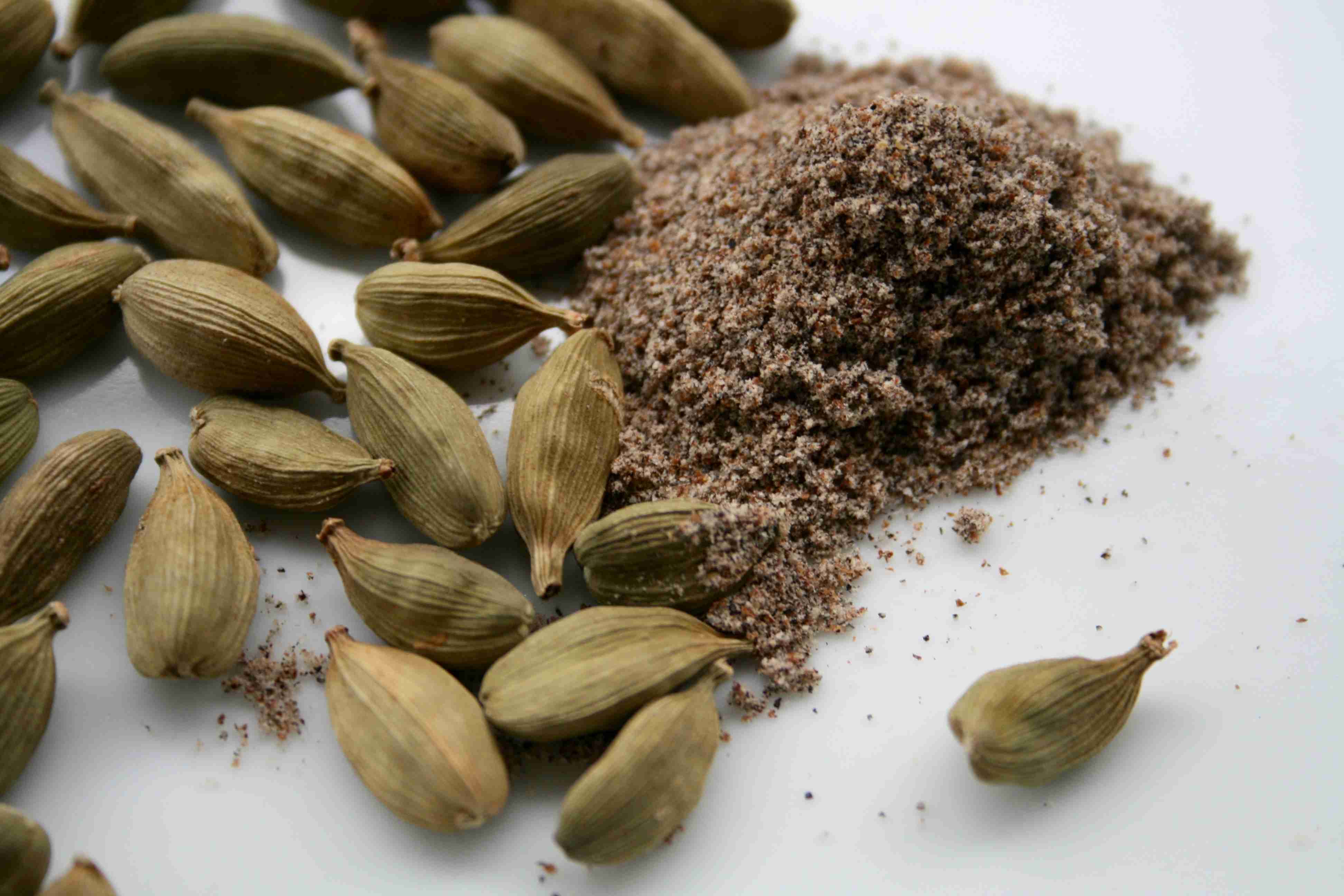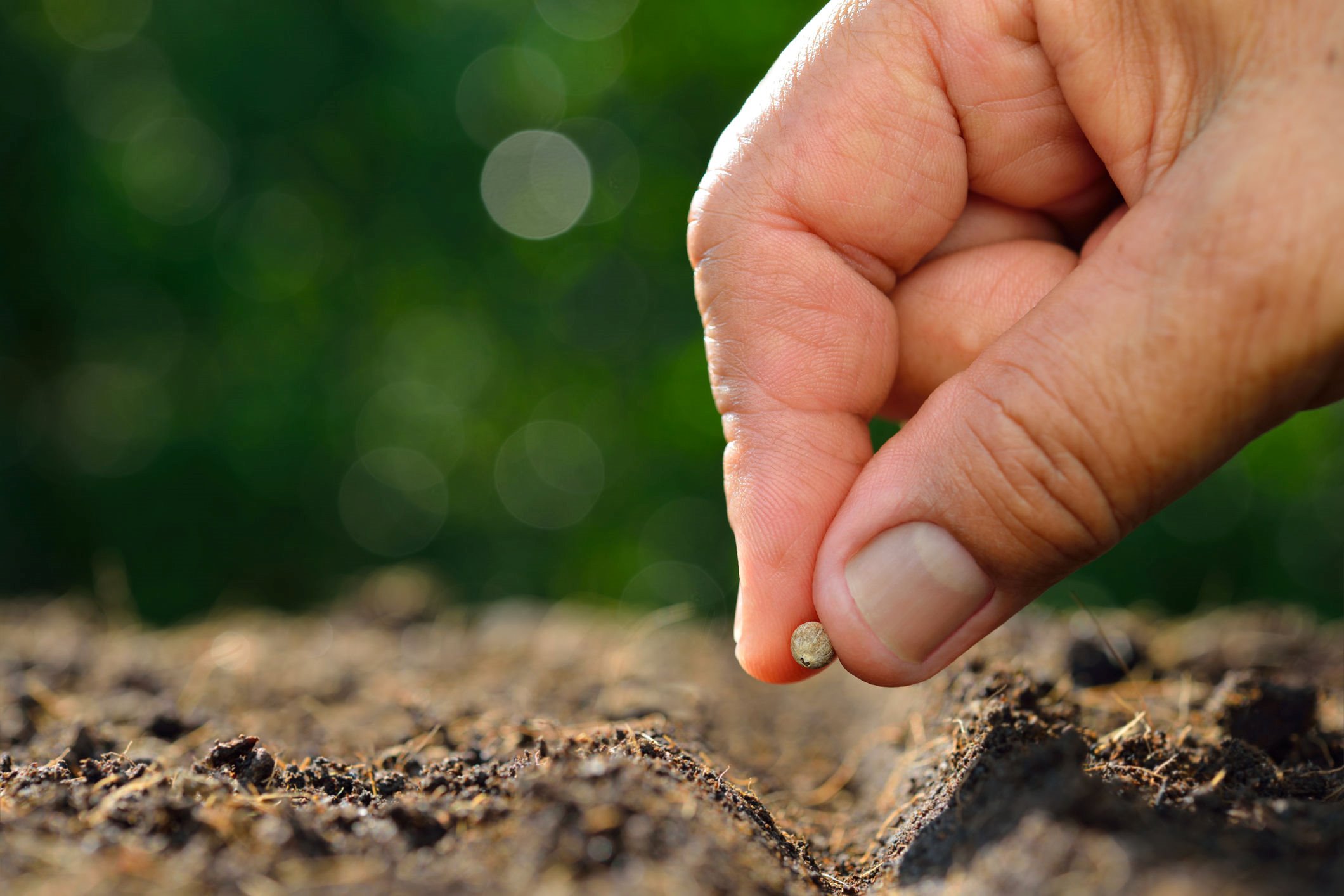Home>Types of Gardening>Edible Gardening>How Many Seeds Does A Pomegranate Have
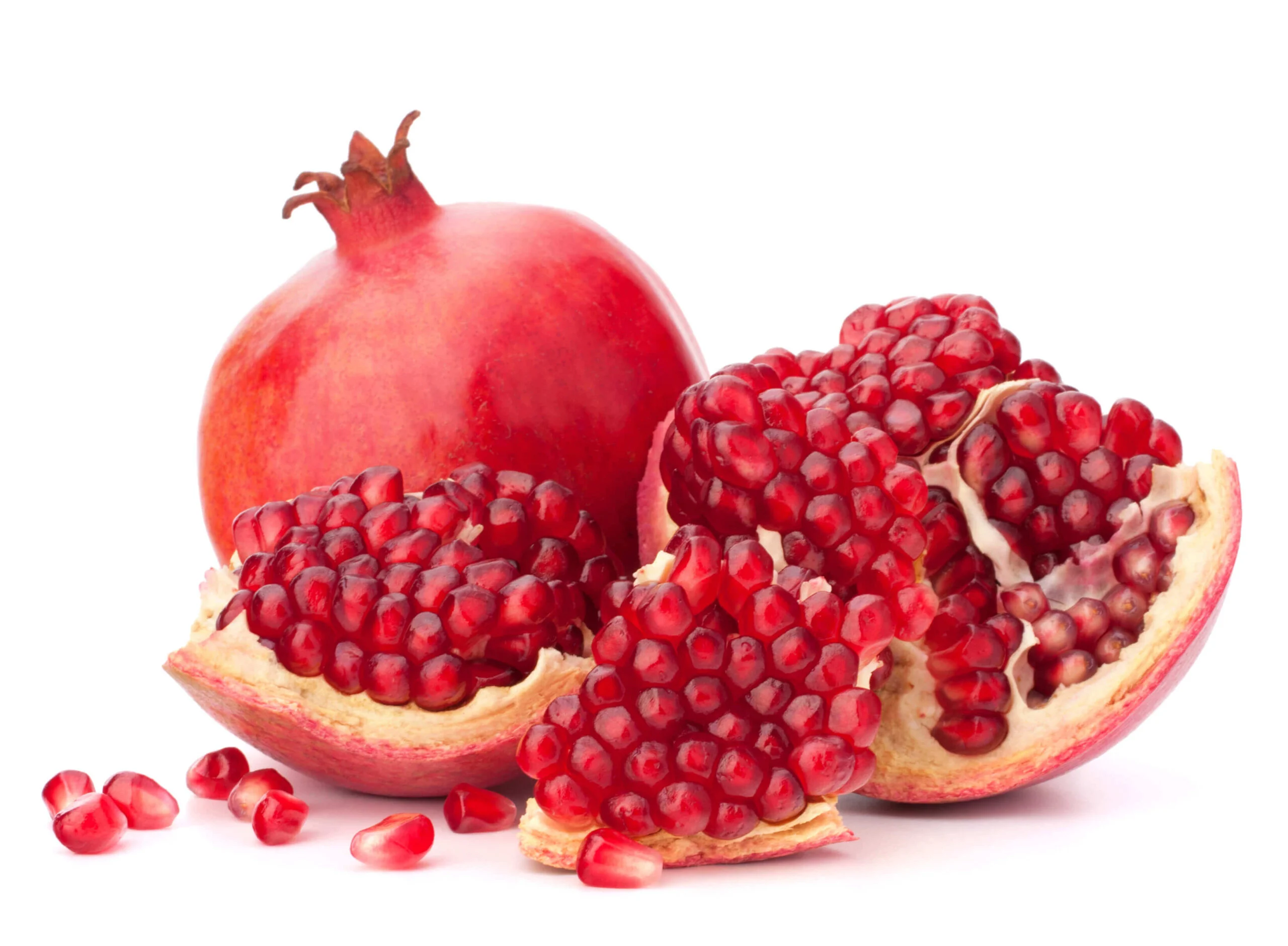

Edible Gardening
How Many Seeds Does A Pomegranate Have
Published: September 18, 2023
Discover how many seeds are typically found in a pomegranate and explore the world of edible gardening.
(Many of the links in this article redirect to a specific reviewed product. Your purchase of these products through affiliate links helps to generate commission for Chicagolandgardening.com, at no extra cost. Learn more)
Table of Contents
Introduction
Welcome to the world of pomegranates, a fruit that not only delights the taste buds but also offers numerous health benefits. Known for its vibrant color and juicy arils, the pomegranate holds a special place in the realm of edible gardening. Whether you are a seasoned gardener or a novice green thumb, growing your own pomegranate tree can be a rewarding and fulfilling experience.
In this article, we will explore the fascinating world of pomegranate seeds and delve into the question that has piqued the curiosity of many – how many seeds does a pomegranate have? We will dive into the anatomy of a pomegranate, the factors that affect the number of seeds, and even explore the variations in seed counts among different pomegranate varieties. So, if you’re passionate about edible gardening and have a keen interest in the secrets of the pomegranate, read on to uncover the mysteries behind the seeds within this delicious fruit.
Anatomy of a Pomegranate
Before we explore the number of seeds in a pomegranate, let’s take a closer look at its anatomy. The pomegranate, scientifically known as Punica granatum, is a fruit that originates from the Middle East. It belongs to the family Lythraceae.
A pomegranate typically has a round shape, similar to that of an apple. The outer layer, or the peel, is thick and leathery, often ranging in color from ruby red to yellow. Beneath the peel, you’ll find the pomegranate’s juicy arils, which are the edible parts of the fruit. These arils contain the seeds that we often enjoy consuming.
Inside the pomegranate, the arils are encased in a series of membranous chambers, called carpels, which are separated by white pithy tissue. Each carpel contains numerous seeds, lined up densely within the juicy, red pulp. It is these seeds that contribute to the pomegranate’s unique flavor and texture.
The size of a pomegranate can vary, with some being as small as a tennis ball, while others can grow to the size of a grapefruit. The number of seeds inside a pomegranate is directly influenced by its size, although there are other factors that come into play as well, which we will explore further in the next section.
Now that we have a basic understanding of the pomegranate’s anatomy, let’s move on to uncover the factors that can affect the number of seeds found within.
Factors Affecting the Number of Seeds
The number of seeds inside a pomegranate can vary depending on several factors. Understanding these factors can shed light on the reasons behind the seed count variations among different pomegranate fruits. Let’s explore some of the key factors that can affect the number of seeds found within a pomegranate.
- Pomegranate Variety: Different pomegranate varieties can have varying numbers of seeds. Some varieties are known to have higher seed counts, while others may have fewer seeds. If you’re looking to grow a pomegranate tree specifically for its seed yield, it’s worth researching and selecting a variety known for abundant seeds.
- Growing Conditions: The growing conditions of the pomegranate tree can play a role in determining the number of seeds it produces. Factors like sunlight, temperature, soil quality, and water availability can influence the overall health and productivity of the tree. Providing optimal growing conditions can help maximize the seed count in each fruit.
- Pollination: Pomegranate trees are typically self-pollinating, meaning they do not rely solely on external pollinators to set fruit. However, cross-pollination can enhance fruit set and seed development. If there are other compatible pomegranate trees in the vicinity, the chances of increased seed production may be higher.
- Fruit Thinning: Removing excess fruits from the tree during the early stages of fruit development can contribute to larger and more seed-filled pomegranates. Thinning the fruits allows the tree to allocate its resources more effectively, resulting in improved seed development.
- Maturity and Ripeness: The stage of maturity and ripeness of the pomegranate can also affect the number of seeds. Pomegranates that are fully matured and harvested at the right time tend to have more developed seeds. It’s important to allow the fruit to fully ripen on the tree for maximum seed development.
By considering these factors and implementing proper care and cultivation techniques, you can increase the chances of harvesting pomegranates with a higher seed count. However, it’s important to keep in mind that each pomegranate fruit is unique, and the seed count can still vary even under ideal conditions.
Average Number of Seeds in a Pomegranate
Curiosity often leads us to wonder about the average number of seeds in a pomegranate. While it’s challenging to pinpoint an exact number due to the natural variations in pomegranate fruits, studies and observations have provided us with some insights into the average count.
On average, a medium-sized pomegranate can contain anywhere between 600 to 1,400 seeds. However, it’s important to note that this number can vary depending on the factors we discussed earlier, such as the pomegranate variety, growing conditions, and fruit maturity.
The seed count of a pomegranate can also be influenced by its size. Larger pomegranates tend to have more seeds compared to smaller ones. Additionally, as pomegranates age on the tree or during storage, some seeds may shrink or become less developed, affecting the overall count.
It’s worth mentioning that the aril-to-seed ratio can also vary. The arils, often referred to as the juicy red pulp, make up a significant portion of the pomegranate’s edible content. In some cases, the arils can be so abundant that they outweigh the seed count, resulting in a fruit that appears more “juicy” than “seedy.”
Keep in mind that the average number of seeds mentioned here is an approximation, and individual pomegranates can deviate from this range. The richness and flavor of the arils are equally as important as the number of seeds when it comes to enjoying the sweet-tart goodness of the pomegranate.
Now that we have a sense of the average seed count, let’s explore the variations in seed counts among different pomegranate varieties.
Variations in Seed Counts among Different Pomegranate Varieties
Pomegranates come in various cultivars, and each variety can exhibit unique characteristics, including variations in seed counts. While the average number of seeds in a pomegranate falls within a certain range, different pomegranate varieties can deviate from this average.
Some pomegranate varieties are known for their abundant seeds, while others may have fewer seeds but larger arils. The variations in seed counts can be attributed to genetic differences among the different cultivars.
For example, the ‘Wonderful’ pomegranate variety is known for its high seed count, often surpassing 1,000 seeds per fruit. This variety is widely cultivated and favored for its sweet-tart flavor and rich color.
In contrast, the ‘Haku Botan’ variety, also known as the white pomegranate, has fewer seeds and a distinctive pale yellow or white color. These pomegranates are treasured for their delicate flavor and unique appearance.
Other popular pomegranate varieties, such as ‘Garnet Sash’ and ‘Angel Red’, exhibit varying seed counts but are still considered as excellent choices for their overall fruit quality and taste.
It’s fascinating to explore the different pomegranate varieties and discover their unique characteristics, including seed counts. If you’re interested in specific traits, such as a higher seed count or larger arils, it’s worthwhile to research and select a variety that aligns with your preferences.
Remember that the seed count is just one aspect of the pomegranate experience, and the flavor, juiciness, and overall enjoyment of the fruit should be the primary factors when selecting and savoring pomegranates.
Now that we understand the variations in seed counts among different pomegranate varieties, let’s continue our exploration by understanding the development of seeds within a pomegranate fruit.
Understanding Seed Development in Pomegranates
Seed development in pomegranates is a fascinating and intricate process. It begins with the fertilization of the flower and continues as the fruit matures on the tree. Let’s delve into the stages of seed development in pomegranates to gain a better understanding of this fascinating process.
After the pomegranate flowers are pollinated, they develop into small spherical fruits. Inside these young fruits, the fertilized ovules begin to grow and differentiate into seeds. Initially, the seeds are small and undeveloped, and they continue to mature as the fruit grows larger.
As the pomegranate fruit matures, the seeds grow in size and become more distinct within the arils. They are surrounded by the gel-like, juicy pulp that gives the pomegranate its characteristic texture and flavor.
Seed development relies on the proper allocation of resources and nutrients by the pomegranate tree. The tree channels energy and resources from photosynthesis, nutrients from the soil, and water uptake to support seed growth and development.
During the later stages of fruit development, the seeds continue to enlarge and undergo changes in color and texture. They transition from soft, pale-green embryos to more fully formed seeds with a deep red or pink hue.
It’s important to note that not all seeds within a pomegranate may develop fully. Some seeds may be underdeveloped or contain imperfections due to various internal or external factors. However, this does not diminish the overall quality or flavor of the pomegranate fruit.
Understanding the process of seed development in pomegranates allows us to appreciate the complexity and beauty of nature’s creation. The growth and maturation of the seeds contribute to the overall appeal and desirability of the pomegranate as a fruitful delight.
Now that we have explored seed development in pomegranates, let’s move on to the next step: harvesting pomegranate seeds.
Harvesting Pomegranate Seeds
Once your pomegranates have reached peak ripeness, it’s time to indulge in the juicy goodness of the seeds. Harvesting pomegranate seeds can be a delicate process, but with the right technique, you can enjoy a bountiful supply of these delectable gems.
Here are the steps to follow when harvesting pomegranate seeds:
- Timing: Wait until the pomegranate is fully ripe before harvesting. Look for a vibrant color, with the peel ranging from a deep red to a rich pinkish hue. The fruit should feel heavy and have a slight give when gently squeezed.
- Cutting open: Hold the pomegranate steady and make a shallow cut around the top, just deep enough to pierce the peel. Then, cut a few more shallow incisions along the ridges of the fruit, connecting the previous cut and forming a circle.
- Segmenting: Gently pry open the pomegranate along the incisions you made, being careful not to damage the seeds. The fruit should naturally split into segments, revealing the beautiful arils nestled within.
- Releasing the seeds: Working with one segment at a time, hold it over a bowl, with the arils facing down. Use your fingers or a spoon to gently tap the back of the segment. This will cause the seeds to dislodge and fall into the bowl.
- Removing any pith: As you collect the seeds, you may notice some tiny pieces of white pith mixed in. Take a few moments to remove any unwanted pith, ensuring that only the juicy arils remain.
Once you have harvested the seeds, they can be enjoyed fresh, added to both sweet and savory dishes, or used to garnish salads, desserts, or cocktails. The possibilities are endless!
Remember, freshly harvested pomegranate seeds can be quite juicy, so handle them with care to avoid staining your clothes or countertops. And be sure to savor the burst of flavor and nutritional benefits that each seed provides.
Now that you know how to harvest and enjoy the fruits of your labor, let’s explore the culinary uses of pomegranate seeds.
Culinary Uses of Pomegranate Seeds
Pomegranate seeds are not only delicious and nutritious but also versatile in culinary applications. These vibrant, ruby-red jewels can elevate both sweet and savory dishes, adding a burst of flavor and a pop of color. Here are some creative ways to incorporate pomegranate seeds into your culinary endeavors:
- Salads: Sprinkle pomegranate seeds on top of your favorite salads for a refreshing and tangy twist. They pair well with greens, feta cheese, nuts, and balsamic vinaigrettes.
- Smoothie Bowls: Blend pomegranate seeds into your smoothie bowls for added texture and a burst of natural sweetness. They complement other fruits like berries, bananas, and mangoes.
- Desserts: Decorate cakes, cupcakes, and desserts with pomegranate seeds to add an elegant and festive touch. They work especially well with chocolate, vanilla, and citrus flavors.
- Yogurt Parfaits: Layer pomegranate seeds with yogurt, granola, and honey to create a delightful and nutritious breakfast or snack option.
- Sauces and Dressings: Blend pomegranate seeds into sauces and dressings to infuse them with a tangy and slightly tart flavor profile. They work well in vinaigrettes, barbecue sauces, and marinades.
- Juices and Cocktails: Extract the juice from pomegranate seeds and use it as a base for refreshing juices or incorporate it into cocktails for a vibrant twist. Pomegranate seeds also make for a beautiful garnish in beverages.
- Middle Eastern Dishes: Pomegranate seeds are commonly used in Middle Eastern cuisines, such as in dishes like tabbouleh, hummus, and stews. They add a sweet and tart flavor, balancing the richness of savory dishes.
Aside from their culinary uses, pomegranate seeds are also a great addition to fruit salads, grain bowls, and even savory grain-based dishes like quinoa or couscous. Their versatility allows them to be incorporated into a wide range of recipes, both traditional and innovative.
When using pomegranate seeds, remember to store them in an airtight container in the refrigerator to maintain their freshness. They can be enjoyed year-round, although they are more commonly available during the fall and winter seasons.
Now that we have explored the culinary possibilities of pomegranate seeds, let’s conclude our journey into the delightful world of pomegranates.
Conclusion
In conclusion, the pomegranate is a fascinating fruit that not only captures our attention with its vibrant color and unique flavor but also offers numerous health benefits. Understanding the anatomy of a pomegranate, the factors that affect the number of seeds, and the variations among different pomegranate varieties can deepen our appreciation for this remarkable fruit.
While it is challenging to determine an exact number, a medium-sized pomegranate typically contains between 600 to 1,400 seeds. However, the seed count can vary depending on factors such as pomegranate variety, growing conditions, and fruit maturity.
Exploring the different pomegranate varieties can be an exciting journey, as each cultivar can exhibit unique characteristics, including variations in seed counts. Understanding the process of seed development in pomegranates allows us to marvel at the intricacies of nature’s creation.
When it comes time to harvest pomegranate seeds, practicing proper techniques ensures a successful and enjoyable experience. The culinary uses of pomegranate seeds are vast, from adding them to salads and desserts to incorporating them into sauces, dressings, and beverages.
Whether you are a passionate gardener or simply someone who appreciates the flavorful and nutritious aspects of pomegranates, growing your own pomegranate tree and indulging in the delightful world of pomegranate seeds can be a fulfilling endeavor.
So why not embrace the wonder of pomegranates and explore the possibilities these delicious fruits offer? From their rich history to their vibrant appearance and delightful flavor, pomegranates truly have a special place in the realm of edible gardening and culinary creations.

